Charles Town Mining, Manufacturing & Improvement Company Building / Ranson City Hall
Introduction
Text-to-speech Audio
Images
Ranson City Hall (2020)
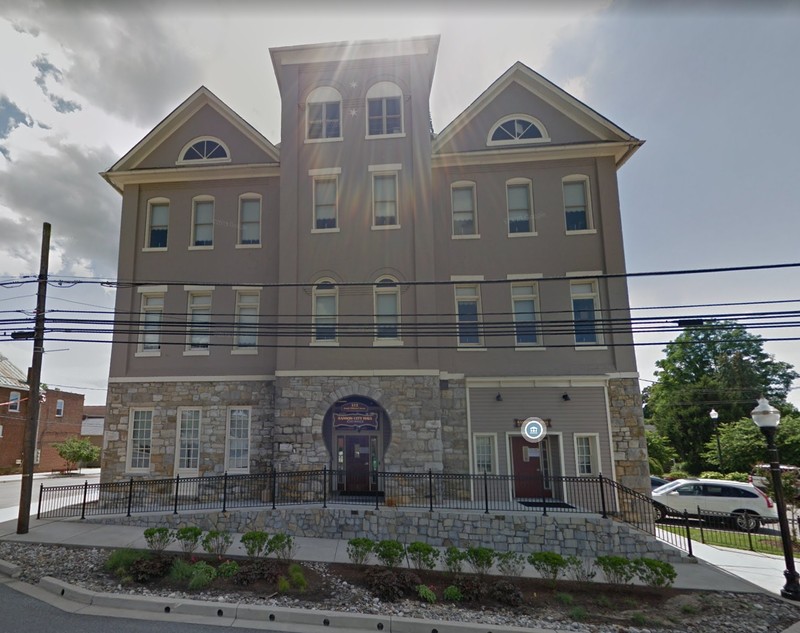
Ranson City Hall (2001)
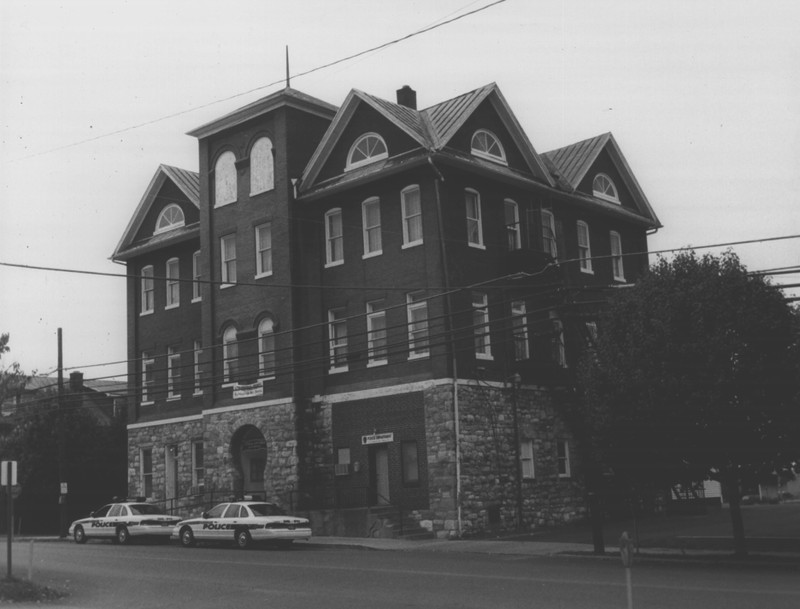
CMM&I Company announcement, October 14, 1890
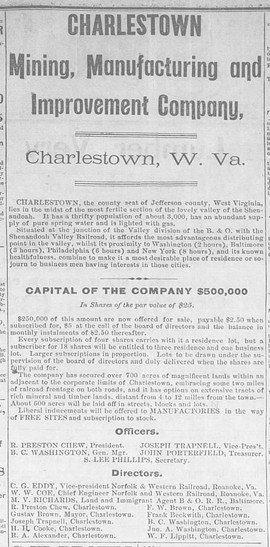
Map of CMM&I Property
.jpg)
The building as Charles Town High School, with the original steeple roof on the tower. The steeple roof was replaced with the current pyramidal design in 1930.
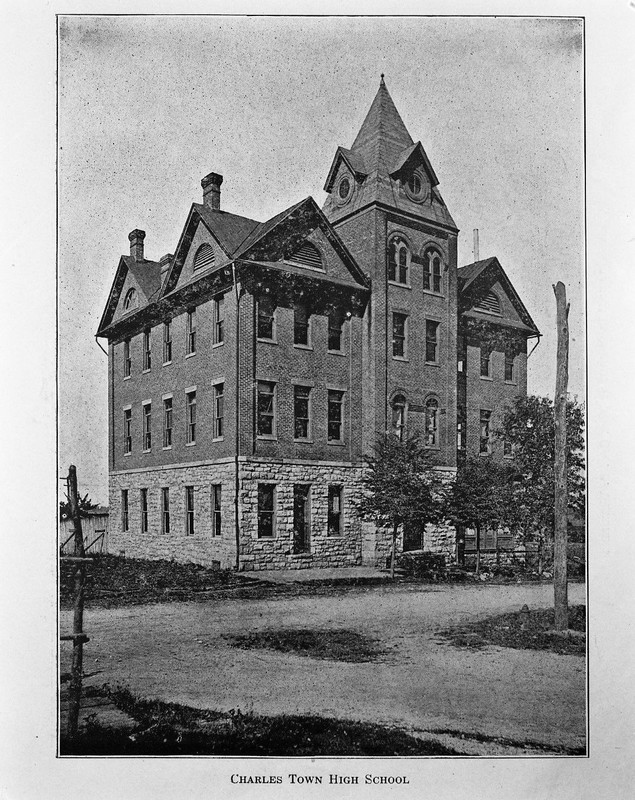
This news article shows photos of both Charles Town High School and the former Powhatan Hotel
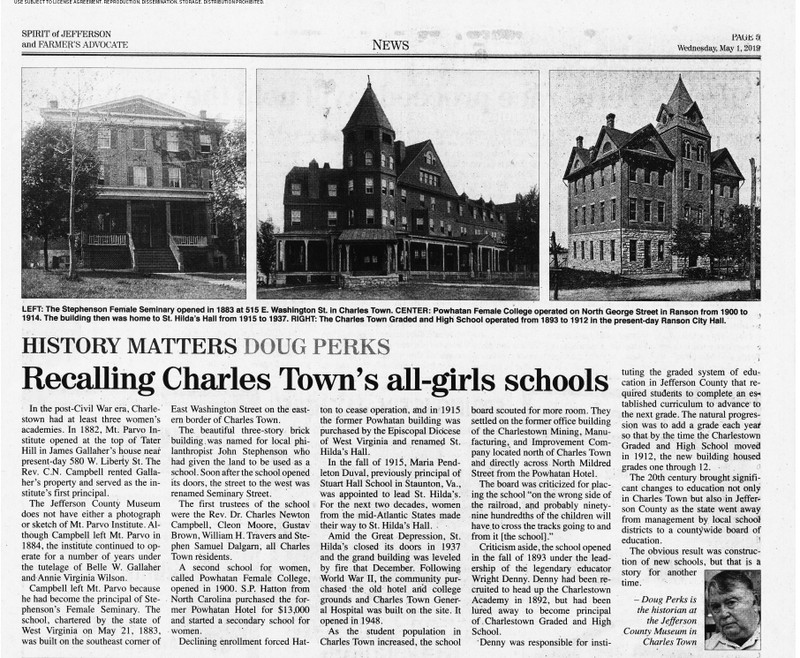
Backstory and Context
Text-to-speech Audio
The Charles Town Mining, Manufacturing & Improvement Company (CMM&I Company) was founded in 1890 by seven prominent residents: Roger Preston Chew, Frank Beck, Forrest W. Brown, T. C. Green, W. F. Lipitt, A. W. McDonald, and B.C. Washington. Chew served as the Company’s president; he had served as a Lieutenant Colonel under General J.E.B. Stuart in the Civil War and served in the West Virginia Legislature between 1884 and 1890. The Company’s founders wanted to improve the economic prospects of the eastern panhandle, especially investing in new industry and taking advantage of local mineral resources. Similar organizations operated around Harpers Ferry and Bakerton at this same time.
The CMM&I Company purchased 850 acres just outside of Charles Town city limits to develop their planned community. Their intention was to have several industrial tracts surrounded by worker neighborhoods. They also planned to have community parks and a resort hotel. The CMM&I Company building was designed by local architect J. C. Holmes. He was the only architect listed for Charles Town between 1884 and 1915. He was also involved with the construction of the Hotel Powhatan that used to stand near the CMM&I building before it burned in the 1930s. The CMM&I building has a rusticated limestone foundation and first floor with the rest of the building done in common bond brick. Distinct architectural features include a central tower with pyramidal roof, arched windows and cross gables, and its unique keyhole shaped entrance. The building was completed in 1891 for a cost of $10,700.
The full economic plan of the CMM&I was never fully realized, although several manufacturers did establish themselves in the town. The Company quickly fell into bad financial times, possibly connected to the Panic of 1893, and they sold the headquarters building to the Board of Education of the District of Charles Town in 1893. Despite the failure of the company, Ranson did maintain a very separate identity from Charles Town and voted to incorporate as a separate city in 1910. Between 1893 and 1912 the CMM&I building was used as Charles Town High School. During this period it was the only high school for students in Ranson and Charles Town. The school was called the “Keyhole School” by students because of the front entrance and was also known locally as the Wright Denny School after its popular principal. In 1912 the school was replaced by a more modern school building in Charles Town.
Gerard D. Moore, former mayor, purchased the CMM&I building as a private owner in 1917. The building housed the Ranson Post Office and a confectionary on the first floor and apartments on the upper floors. In 1925 Moore’s executors sold the property to H. C. Getzendanner. The City of Ranson purchased the building in 1936 and it has been City Hall since that point. Until 1983 the Post Office continued to operate in the northern half of the 1st floor and the city offices were in the southern half. After the Post Office moved to a new building the police department operated from that section of the first floor; they have since moved to their own building. The upper floors were used as apartments until the 1970s and then left vacant. The building was placed on the National Register of Historic Places in 2001 and since then the City of Ranson did a renovation of the building to update it the needs of modern government.
Sources
“National Register of Historic Places Registration Form: Charles Town Mining, Manufacturing & Improvement Company Building.” Accessed November 12, 2020. http://www.wvculture.org/shpo/nr/pdf/jefferson/01000779.pdf.
Google Maps. Accessed November 12, 2020.
“National Register of Historic Places Registration Form: Charles Town Mining, Manufacturing & Improvement Company Building.” Accessed November 12, 2020. http://www.wvculture.org/shpo/nr/pdf/jefferson/01000779.pdf.
"Charlestown Mining, Manufacturing and Improvement Company." Spirit of Jefferson. October 14, 1890. Accessed November 12, 2020. https://www.newspapers.com/clip/23877269/october-1890-ctmmi-co-announcement/.
Taylor, D. F, and D. J Howell. Map of the property of the Charlestown Mining, Manufacturing and Improvement Company: Charlestown, Jefferson Co., W. VA. Washington, DC: D.J. Howell, to 1891, 1890. Map. https://www.loc.gov/item/2012589612/.
Perks, Doug. "Recalling Charles Town's all-girls schools." Spirit of Jefferson and Farmer's Advocate, May 1, 2019. Accessed November 12, 2020. http://sjf.stparchive.com/Archive/SJF/SJF05012019p05.php.
Perks, Doug. "Recalling Charles Town's all-girls schools." Spirit of Jefferson and Farmer's Advocate, May 1, 2019. Accessed November 12, 2020. http://sjf.stparchive.com/Archive/SJF/SJF05012019p05.php.
